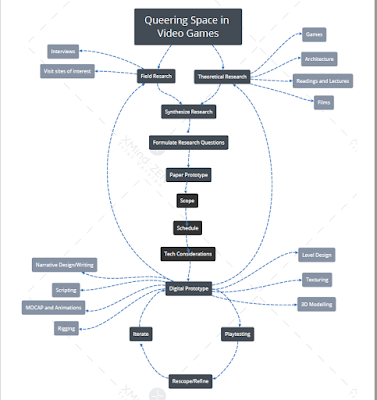In August before everything begins, I will be dedicating my time wrapping up the mocap and to conduct as much photogrammetry work as I can possible. I will also finalize my research questions before heading back into classes in the fall.
When September comes, I want to first solidify my game concept and GDD. November and December will be dedicated to finalizing the assets in my game, cleaning up mocap data, photogrammetry data, modeling, texturing and rigging. In the new year, I will first focus on bringing everything together and spend an extensive period on programming and to build a first playable build. Afterwards in February and March I might conduct user testings but will solely focus on fixing bugs, doing updates, fixing any asset errors and scripting for the final build. This will be done at the same time as I write the conclusion and reflect on my research-creation process in order to meet the deadline to hand in the first draft of my thesis.
March will be solely dedicated to editing and finalizing both my written thesis document and my game.





